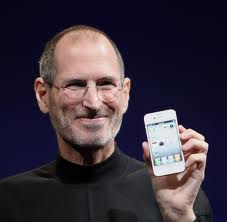
After crashing on a demonstration flight, will the new Russian jet ever find sufficient customers
Getting 85% percent right in strategy implementation is not sufficient when it comes to airplane product. The previous example of the A320 which crashed on early test flights shows that it is crucial that plane crash is due to human error. NY Times reports:
Until a crash inquiry is done, analysts said, Sukhoi will have difficulty marketing the Superjet. “It would be entirely understandable for any potential customer to hold off until it’s determined whether the cause was human error or mechanical failure,” said Sash Tusa of Echelon Research and Advisory in London.
While it is rare for such a young aircraft to crash, it is not unprecedented — an Airbus 320 crashed during a demonstration flight in 1988, killing three people and injuring 50. Investigators determined that the cause had been pilot error and found no evidence of a malfunction. The A320 went on to be one of the world’s best-selling aircraft models.
If analysts identify human error as the cause of the plane’s crash, most of the existing 240 Superjet orders will stay on the books, Mr. Tusa said, but “if it turns out there is some kind of major design flaw with the aircraft, those orders aren’t worth the paper they are written on.”
Categories: Strategy Implementation - 782 | Case Studies | Boeing |

With 8.8% market share, Apple has 73% of cell phone profits
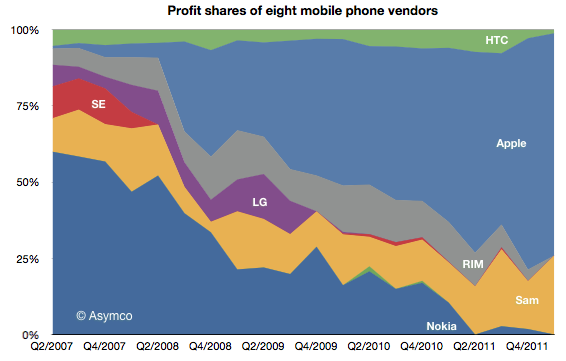
Full Story by Philip Elmer-Dewit
Categories: Strategic Management 1 | Topics | Market Segmentation | Strategy Implementation - 782 | Case Studies | Apple |
Honeywell’s spectacular turnaround
The Economist reports an amazing on an amazing turnaround of Honeywell. It appears to be a great example of strategy implementation.
Honeywell likes its meetings short but plentiful. Every production cell, as the smallest shop-floor unit is called, starts the day with one. The aim is to try to identify problems and ideas for improvements, which are then pushed up to senior managers. Even the lowliest worker is expected each month to come up with two implementable ideas for doing things better. As an illustration of the firm’s devotion to “continuous improvement”, this is one of the pillars of what has become known as the “Honeywell operating system” (HOS).
This new production system, introduced over the past eight years, has helped transform Honeywell from a troubled giant to one of America’s most successful companies. Honeywell’s sales in 2011 were 72% higher than in 2002, and its profits doubled to $4 billion. A new emphasis on generating cash also means the firm has more money in the bank for every dollar declared in profit.
Full Story at Economist.com
Categories: Strategic Management 4 | Topics | Turnarounds | Strategy Implementation - 782 | Topics | Management Process |

Department of Justice Files Suit Against Apple and Major Publishers of ebooks
Apple did not join the settlement of the lawsuit. This is a major win for Amazon. It will be fascinating to watch how the suit will unfold.
Details:
Apple should settle suit
Associated Press on Suit April 11
Categories: Strategy Implementation - 782 | Case Studies | Apple |
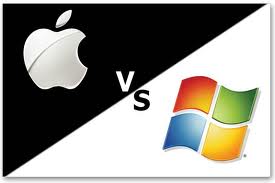
Reversal of Fortunes: In smartphones Microsoft is in the position that Apple was in the PC era
The New York Times reports on this amazing reversal of fortunes.
Microsoft’s weak position in mobile apps is in stark contrast to the clout it had with developers in the heyday of the PC era. Its success with Windows was partly built on an all-out effort it made in the 1980s and ’90s to get independent software companies to make Windows the primary operating system for which they wrote applications.That influence began to weaken somewhat when the Web era took off and more companies began to design services and products that ran through browsers. But it has accelerated further as much of the creative talent in the developer world has shifted toward smartphone and iPad applications. Sarah Rotman Epps, an analyst at Forrester Research, said Microsoft’s relative weakness was a function of not having a big enough audience of users. “Developers go where the money is, and the money is where people are,” she said.
Full Article at NY Times
Categories: Strategy Implementation - 782 | Case Studies | Apple | Microsoft |
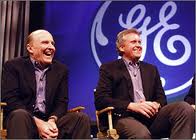

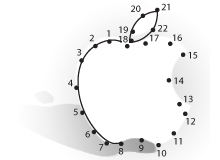
Vertical Integration Works for Apple—But It Won?t for Everyone
Wharton professors explain why Apple integrated model of designing both hardware and software may not work for other companies. Knowledge@Wharton reports:
Google recently acquired mobile device maker Motorola Mobility and will soon manufacture smartphones and television set-top boxes. Amazon’s Kindle Fire tablet represents its bridge between hardware and e-commerce. Oracle bought Sun Microsystems and now champions engineered systems (integrated hardware and software devices). And even long-standing software giant Microsoft now makes hardware for its Xbox gaming system. Technology titans are increasingly looking like vertically integrated conglomerates largely in an attempt to emulate the success of Apple.Vertical integration dictates that one company controls the end product as well as its component parts. In technology, Apple for 35 years has championed a vertical model, which features an integrated hardware and software approach. For instance, the iPhone and iPad have hardware and software designed by Apple, which also designed its own processors for the devices. This integration has allowed Apple to set the pace for mobile computing. “Despite the benefits of specialization, it can make sense to have everything under one roof,” says Wharton management professor David Hsu.
Categories: Strategy Implementation - 782 | Case Studies | Apple | Topics | Congruence Model |
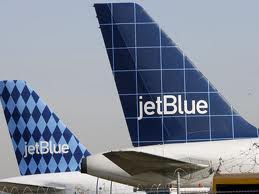
JetBlue to Review Procedures After Pilot Meltdown: CEO
A pilot on a JetBlue flight had a complete mental meltdown. The co-pilot had to lock him out the cockpit and passengers had wrestle him down and constraint him with their belts. If you are the CEO, what you want to know know is whether this was an isolated incident (which can always happen) or whether your HR systems are not properly design. For this reason it makes sense that the CEO ordered a review. Read full story here.
Categories: Strategy Implementation - 782 | Topics | Congruence Model |


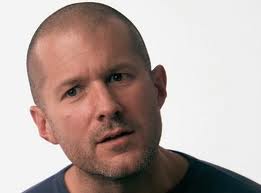


1985 Steve Jobs is fired, Bill Gates sends letter to John Sculley urging him to license Mac OS
Neal Pancholi drew my attention to this interesting letter by Bill Gates. It shows that Gates in 1985 was sill open to making his fortune my selling Mac software rather than dominating the next generation OS.
To: John Sculley, Jean Louis Gassée
From: Bill Gates, Jeff Raikes
Date: June 25, 1985
Re: Apple Licensing of Mac Technologycc: Jon Shirley
Background
Apple’s stated position in personal computers is innovative technology leader. This position implies that Apple must create a standard on new, advanced technology. They must establish a “revolutionary” architecture, which necessarily implies new development incompatible with existing architectures.
Apple must make Macintosh a standard. But no personal computer company, not even IBM, can create a standard without independent support. Even though Apple realized this, they have not been able to gain the independent support required to be perceived as a standard.
Categories: Strategy Implementation - 782 | Case Studies | Apple | Topics | Positioning Strategy First |

